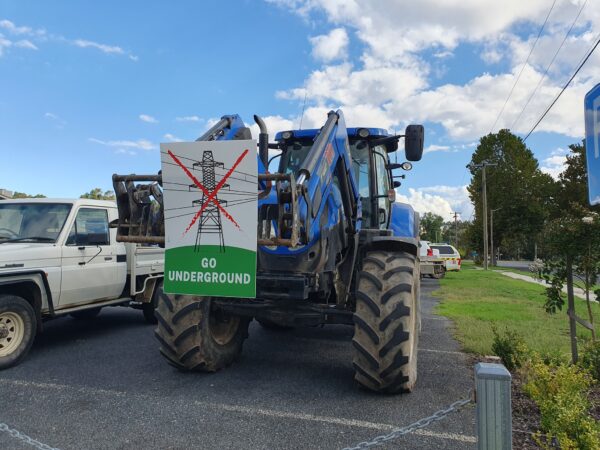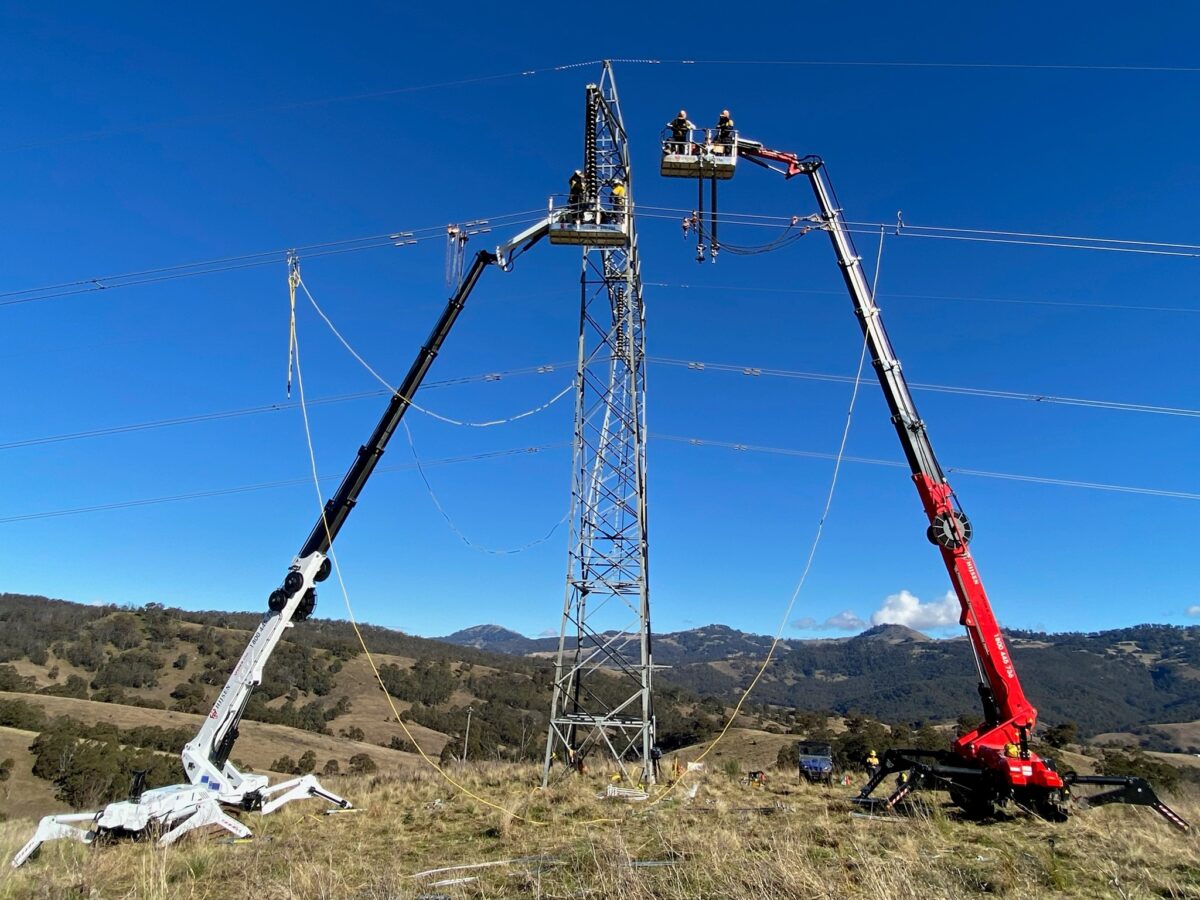Australia Energy Minister Chris Bowen has launched a review into how communities are consulted around the designing, building and installing of renewable energy infrastructure upgrades and new developments seen as essential for unlocking renewable energy zones around the country.
“When it comes to transmission, social licence is the most important issue we have to face,” Bowen said. “A near-total rebuild of the grid comes with challenges, particularly for the communities where projects will be built.”
The federal government plans to increase the share of renewable energy in the national electricity network to 82% by 2030, a target the Australian Energy Market Operator (AEMO) says will only be possible with a major build-out of the grid.
AEMO says 10,000 kilometres of transmission lines must be built to better connect the regions most rich in wind and solar resources to the load centres but the plan is coming under increasing pressure with several transmission projects facing delays amid growing community opposition.
The VNI West project, a proposed interconnector between Victoria and New South Wales (NSW), has been slammed as a “monumental mistake”, while landowners in the path of it and other major transmission projects have voiced concerns about fire risks, devaluation of property, visual impacts, and compensation.

Image: Stop Humelink Towers
Reg Kidd, chair of the NSW Farmers Energy Transition Working Group, said the “regional uproar” comes from the lack of meaningful engagement with the people who would be most impacted by these projects.
“The rising groundswell of opposition to transmission lines and the cumulative impact in some areas of renewable energy generation is a demonstration this is not working,” he said.
“While it may be convenient to say this needs to get done with haste, in regional NSW the cheap and reliable power for urban areas is coming at a real cost. Communities see a lack of planning, threats – not benefits – to rural jobs, road chaos, shortages of accommodation and a legacy of iron and wires across pristine landscapes.”
“At the end of the day you need the right thing in the right place, but it has to be done in the right way or it will never work.”
Bowen agreed that approval processes for transmission projects need to be improved to ensure communities in the path of lines were better heard, saying “these are big projects in small communities and we have to work closely with those communities.”
“I think they’re right. I think engagement and consultation with them hasn’t been good enough,” he said. “It needs to be earlier, it needs to be more real, it needs to engage in real community benefit. So, we’re doing all that.”
Bowen said the Community Engagement Review, to be led by Andrew Dyer, the Australian Energy Infrastructure Commissioner (AEIC), will provide advice on the best way to maximise engagement and benefit in planning, developing and operating energy infrastructure, including for communities, landowners and First Nations people.
“The government is working with states, territories, communities, market bodies, and energy companies to ensure community consultation on new energy infrastructure isn’t just a tick-a-box exercise” Bowen said.
“Our reforms are focused on giving better information to landholders and communities about their rights, involving communities earlier and more effectively, and properly handling any complaints.”
This content is protected by copyright and may not be reused. If you want to cooperate with us and would like to reuse some of our content, please contact: editors@pv-magazine.com.









By submitting this form you agree to pv magazine using your data for the purposes of publishing your comment.
Your personal data will only be disclosed or otherwise transmitted to third parties for the purposes of spam filtering or if this is necessary for technical maintenance of the website. Any other transfer to third parties will not take place unless this is justified on the basis of applicable data protection regulations or if pv magazine is legally obliged to do so.
You may revoke this consent at any time with effect for the future, in which case your personal data will be deleted immediately. Otherwise, your data will be deleted if pv magazine has processed your request or the purpose of data storage is fulfilled.
Further information on data privacy can be found in our Data Protection Policy.